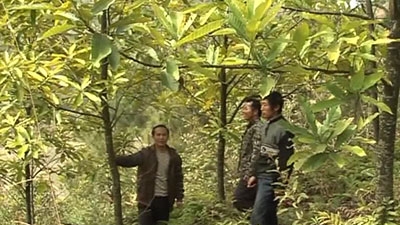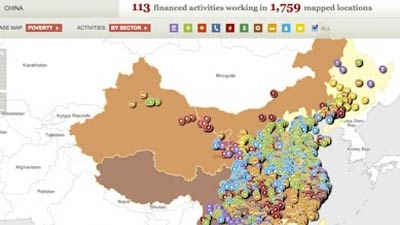Challenge
China has long been a forest-poor country. Though its forest cover increased from 13 percent in the 1980s to 18.2 percent by 2005 thanks to an extensive plantations program, the hectare per capita of 0.13 remained significantly below the world average of 0.6. With rapid economic growth, China’s forests came under intense pressure due to the growing demand for timber and pulpwood. The logging ban introduced by the government in 1998 further aggravated the wood shortage. This challenge was more acute in Guangxi, where combined with weak forest resources protection resulted in a threat to its unique biodiversity including one of the largest and most important representatives of karst ecosystem in the world.
In the context of climate change, forests play an important role in absorbing and storing greenhouse gases. China committed to increase its forest cover by 40 million ha and forest stock volume by 1.3 billion m3 between 2005 and 2012 to achieve the set target of reducing its carbon dioxide emissions per unit of gross domestic product (GDP) by 40 to 45 percent.
Approach/Solution
Designed to be forward looking and innovative, the project introduced a sector-wide, integrated and comprehensive approach to sustainable forest management and biodiversity conservation by providing support to three key areas of sustainable forest management including: 1) timber production; 2) ecological environment protection; and 3) biodiversity conservation.
At the same time, the project emphasized institutional capacity building to ensure long-term sustainability. It also tapped the resources of the Global Environment Facility (GEF) to promote innovative biodiversity conservation approaches, and incorporated the BioCarbon Fund to pilot the world’s first Clean Development Mechanism (CDM) afforestation and reforestation operation, which was registered by the United Nations.
The objective of the project was to relieve pressure on forest resources, increase forest production capacity, and step up efforts to conserve watersheds and biodiversity to strengthen the environmental functions of forests and mitigate climate change.



